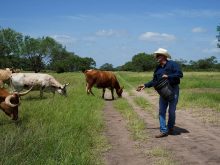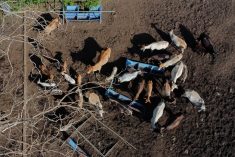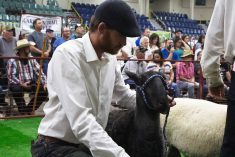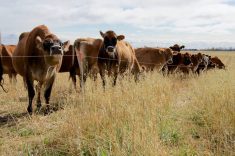After 18 months of living with BSE and a summer of avian influenza, Canada still does not have a workable national strategy to handle animal health crises.
“It seems inconceivable to me that we could have gotten this far without one,” said Matt Taylor of the Canadian Animal Health Coalition, which represents the health concerns of livestock and poultry groups. It argues Canada is vulnerable to the next animal disease outbreak because government and commodity groups have not flagged it as a priority.
“Prior to BSE we tried to engage government and industry on what would happen and were told it was not an issue because of the feed ban,” he said.
Read Also
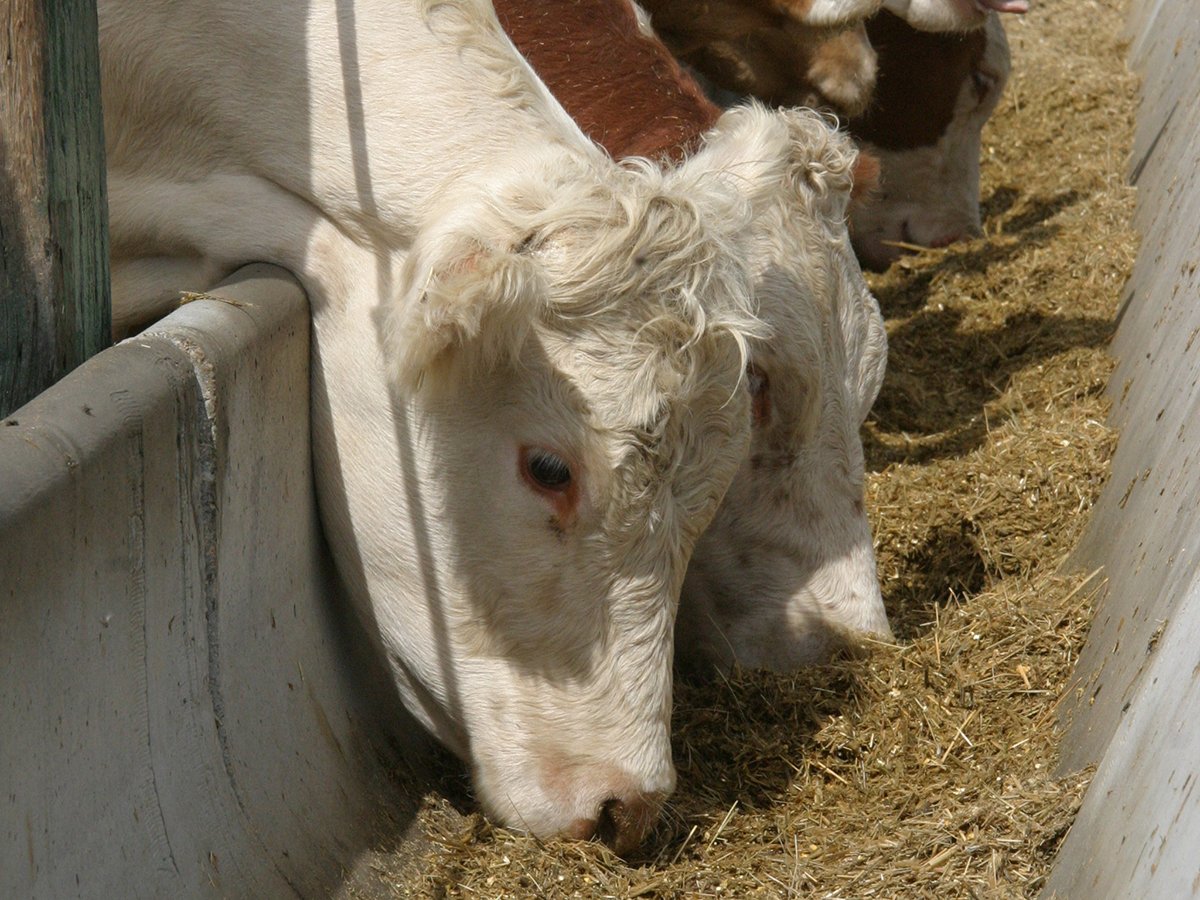
Alberta cattle loan guarantee program gets 50 per cent increase
Alberta government comes to aid of beef industry with 50 per cent increase to loan guarantee program to help producers.
Canada has a world class regulatory system but does not have a world class emergency preparedness plan for animal health, Taylor told the Alberta Pork Producers meeting in Calgary Dec. 8.
“It is difficult to get people to acknowledge this could be a problem.”
The coalition released figures two years ago projecting that a small foot-and-mouth disease outbreak would cost $13 billion and a medium to large outbreak would cost $26-$46 billion.
“If we have effective zoning and effective control measures in place before, we can reduce the impacts by 45 percent,” he said.
“If we don’t, we’ll be out of the market in six to 10 months.”
Commodity groups are most vulnerable because they could be sandwiched between producers and consumers who ask why there was no plan.
The Canadian Food Inspection Agency is the only group with a firm plan on how to act. It has trained staff, developed plans and run simulations to test its reaction time and weaknesses in dealing with a major outbreak like hog cholera or foot-and-mouth.
Agriculture Canada has recognized the potential problem and has appointed staff and created plans, but has not run emergency simulations. Most of the provincial governments have some level of emergency preparedness.
Canada has a national public safety and emergency preparedness organization to deal with natural disasters, but lacks staff who understand the livestock and poultry industries.
A national animal health management council could provide overall direction and help industry pull together to eradicate the disease, provide emergency animal care and implement traceback, as well as help normalize economic conditions, Taylor said.
The health coalition has completed a national plan and a provincial plan with templates built in to recognize what is already being done.
The next step is for commodity groups to appoint co-ordinators who are trained in simulations to work with all livestock and poultry species.
This plan would work easier if Canada implemented health zones that have been under discussion since 1996. It proposes splitting the country in half at the Manitoba-Ontario borders for easier quarantine and animal movement restrictions.




